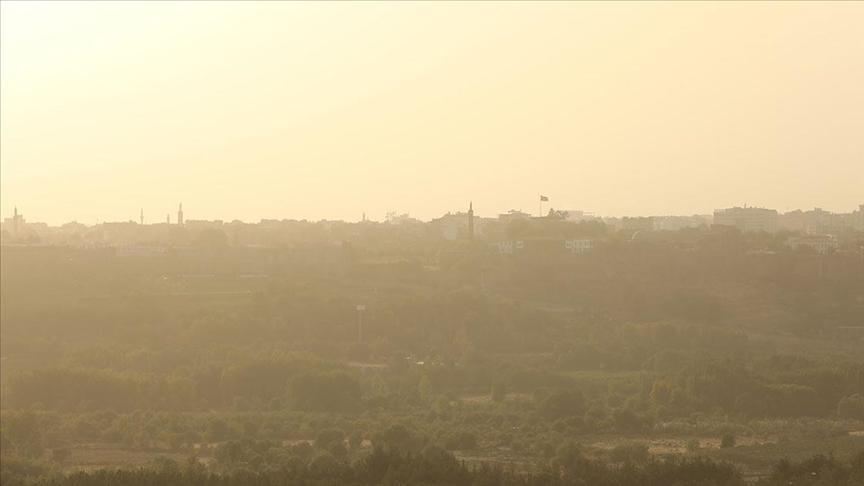Can Turkey and the US control Syria safe zone together?
In an interview with Anadolu Agency on March 8, Defense Minister Hulusi Akar was very open in reiterating a firm Turkish position with regard to setting up a security zone inside Syria as proposed by U.S. President Donald Trump in a phone conversation with President Recep Tayyip Erdoğan in late December.
On a question about who will control this future security zone, Akar responded: “This question has a very short answer. Who will be there? The Turkish Armed Forces. This is certain.”
Explaining that the potential security zone will span a 440-kilometer-long strip from east of the River Euphrates to the Iraqi border with a 30 to 40 kilometers depth inside Syria, constituting an area of around 13,000 square kilometers, Akar underlined, adding it was impossible to secure this enclave with 300 or 500 military personnel.
The coalition forces composed by the U.S. and some European forces that are currently in the Syrian theater can never provide the necessary protection against the YPG terrorists who have started to use drones to attack Turkish citizens and positions in the region, the minister stressed.
“Our demand is that they should be moved 30 to 40 kilometers away from our borders,” he said.
Akar’s words follow a high-level meeting between him and James Jeffrey, special Syria envoy of the State Department, last week in Ankara. It’s been around two months since Turkey and the U.S. began talks over how to set up the security zone and there seems not much progress.
In addition, Washington has re-calibrated its withdrawal plans and announced that around 400 troops will continue to remain in Syria, a move that has changed the balances in the field. Concerned of a probable Turkish intervention against the YPG in northern Syria, the U.S. is exerting efforts to prolong talks with Turkey on the so-called security zone.
Akar, in the same interview, repeated that the Turkish security is non-negotiable in a region where the PKK and the YPG, in total, have around 17,000 terrorists. “Out of these terrorists, 750 of them are inside Turkey, 3,000 are in northern Iraq and 13,000 in northern Syria. For us, the YPG is no different from the PKK,” he said.
One of the formulas currently discussed in the Turkish capital stipulates a joint control of this security zone by the Turkish and American troops, with the former to be stationed in the northern part and the latter in the southern part. This requires pushing all the YPG elements off this security zone at a convenient distance so that they can no longer pose a threat against Turkey and the Turkish troops.
Turkey would undertake measures for the return of the Syrian Kurds who had to leave their houses in northern Syria after city governments would be formed by local people within the enclave.
The U.S. would monitor the process in the region and keep an eye on the actions of the YPG at the same time. The discussion is about the depth of the zone as the U.S. tends to keep this area not so big so that fewer Turkish troops would be required.
Although it sounds rational, it’s not, however, sure whether this is an implementable plan given the unstable situation of the Syrian theater as well as an ongoing tension between Turkey and the U.S. over the S-400s crisis.











